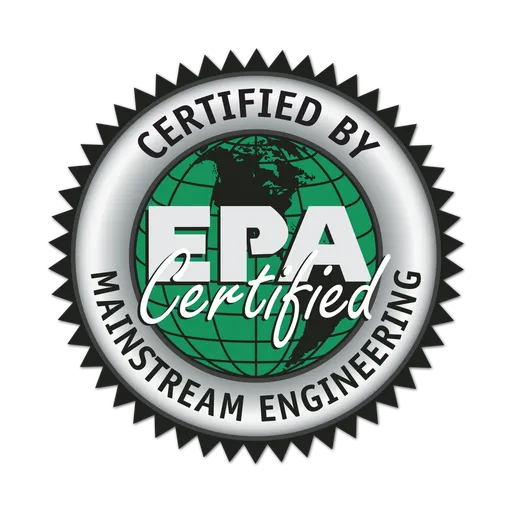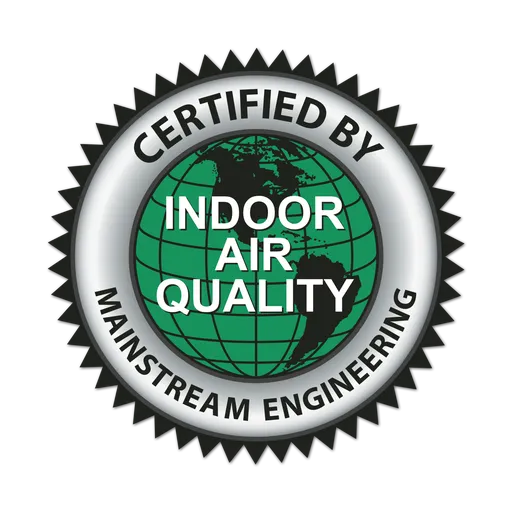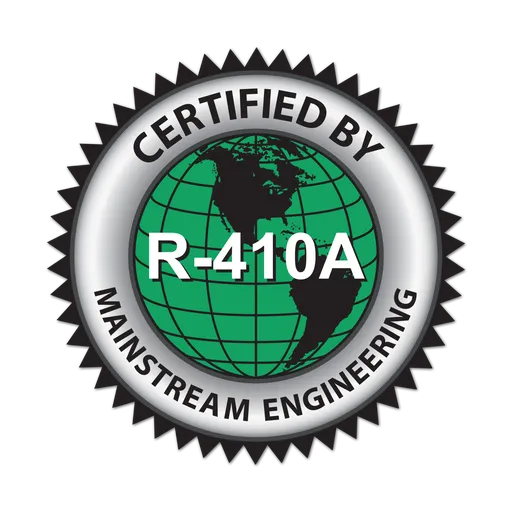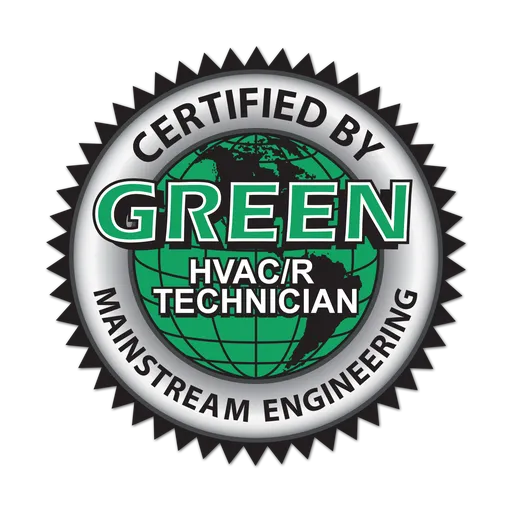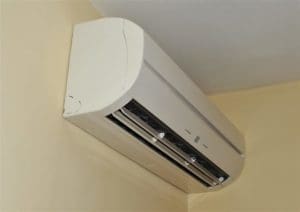 As part of the effort to make the U.S. less reliant on fossil fuel and other energy sources, the United States Department of Energy (DOE) and the American Public Gas Association (APGA) reached an agreement on the implementation of the Federal Regional Efficiency Standards, which will go into effect January 1, 2015 for air conditioners and heat pumps. These new standards are complex, as they affect contractors, distributors and manufacturers in different ways depending on geographic area and equipment type. Here’s what you need to know about the new HVAC federal regulations, designed with energy efficiency as the primary goal.
As part of the effort to make the U.S. less reliant on fossil fuel and other energy sources, the United States Department of Energy (DOE) and the American Public Gas Association (APGA) reached an agreement on the implementation of the Federal Regional Efficiency Standards, which will go into effect January 1, 2015 for air conditioners and heat pumps. These new standards are complex, as they affect contractors, distributors and manufacturers in different ways depending on geographic area and equipment type. Here’s what you need to know about the new HVAC federal regulations, designed with energy efficiency as the primary goal.
Under this agreement, the U.S. is divided into three regions: the North, the South (AL, AR, DE, FL, GA, HI, KY, LA, MD, MS, NC, OK, SC, TN, TX, VA, DC), and the Southwest (CA, NV, AZ, NM). According to the regulations, each region has its own unique minimum federal efficiency standards for air conditioners, and there is a new national standard for heat pumps.
According to the Department of Energy document outlining the new regulations, “Federal Regional Standards for cooling equipment will go into effect as planned on January 1, 2015. All air conditioners (A/C) and heat pumps (H/P) (split system and packaged) manufactured after December 31, 2014 must comply with these Federal Regional Standards.
The Federal Regional Standards for air conditioners sold in the south and the southwest is based on the date of installation; however, the industry will have an 18 month sell-through or grace period (starting on 1-1-2015). Original equipment manufacturers, distributors and dealers will be allowed to buy, sell, ship and/or install non-compliant products (13 SEER) during this period as long as they are manufactured prior to January 1, 2015.
Split system and packaged heat pumps are not subject to the 18 month sell-through or grace period, as the standard applied is based on the date of manufacture. Split system and packaged heat pumps manufactured before January 1, 2015 can be sold after January 1, 2015 for as long as inventory exists.”
For more information, visit the Department of Energy’s page on Residential Central Air Conditioners and Heat Pumps.




